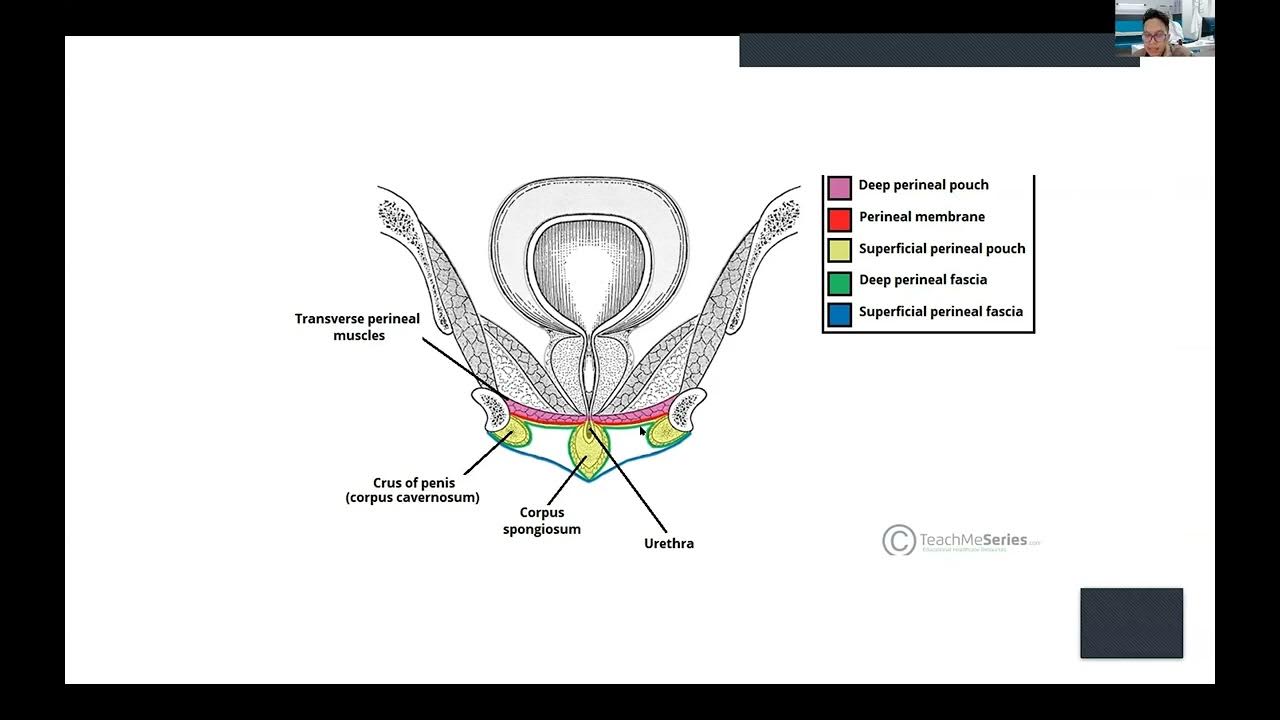Medical Coding CPC Review - Urinary System ICD-10-CM and CPT
Summary
TLDRThis video provides an in-depth review of medical coding for the genitourinary and male genitalia systems. It covers key CPT codes for procedures like kidney transplants, incisions, excisions, and urodynamics, along with coding for male genitalia surgeries. The video explains essential ICD-10-CM codes for conditions like renal calculi, kidney failure, and prostate cancer, emphasizing coding guidelines and the use of modifiers. Through case studies, viewers are guided in selecting the correct codes, such as those for nephrocutaneous fistula closure, vasectomy reversal, and renal/bladder calculi. Ideal for those refreshing their coding knowledge or preparing for certification exams.
Takeaways
- 😀 The review covers the Genitourinary and Male Genitalia systems in CPT coding, focusing on both common and complex procedures.
- 😀 Kidney transplant coding includes not just the transplant itself but also the back bench work, which is the preparation of the donor kidney.
- 😀 Renal transplant post-operative care, including immunosuppressive therapy management, is not included in the global surgical package and can be billed separately.
- 😀 Acute kidney failure should always be coded before chronic kidney failure in ICD-10-CM, following the 'ABC' guideline (Acute before Chronic).
- 😀 Understanding modifiers like 26 (professional component), 50 (bilateral procedures), and 51 (multiple procedures) is essential for accurate billing.
- 😀 When coding for procedures like cystoscopies and urethroscopies, endoscopic procedures are common for bladder issues.
- 😀 Urolithiasis and other kidney/urinary disorders are coded with specific ICD-10-CM codes, such as N20.0 for renal calculi and N21.0 for bladder calculus.
- 😀 The sequencing of ICD-10 codes is important—ensure to code the most acute condition before chronic conditions, especially in cases of kidney failure.
- 😀 For male genital procedures like vasectomy reversals, you must code for the use of the operating room microscope with CPT code 69990 when applicable.
- 😀 Case studies demonstrate practical applications of CPT and ICD-10 codes, such as for nephrocutenous fistula closure (50520) and vasectomy reversals (55440 with modifier 50).
Q & A
What topics are covered in the review of the genitourinary and male genitalia systems in medical coding?
-The review covers the kidney, bladder, urethra, and male genitalia systems. It includes procedures like incisions, excisions, transplants, and other related surgeries, as well as the associated CPT and ICD-10-CM codes for these systems.
What is the main focus when coding for kidney transplant procedures?
-When coding for kidney transplants, it is important to code not only for the transplant itself but also for the back bench work, where the surgeon prepares the donor kidney for transplant. Additionally, post-operative immunosuppressive therapy management is billed separately and not included in the global surgical package.
What is the purpose of the global period in medical coding, and how does it apply to kidney transplants?
-The global period refers to the time frame during which follow-up care is included with the surgery's payment. However, for kidney transplants, post-operative immunosuppressive therapy management is excluded from this global period and can be billed separately.
How should you code for acute and chronic kidney failure in ICD-10-CM?
-When coding for both acute and chronic kidney failure, the acute condition should be listed first. This follows the 'ABC' rule—Acute before Chronic—when sequencing in ICD-10-CM.
What is the importance of modifiers like 26 and 51 in medical coding for urodynamics and multiple procedures?
-Modifier 26 is used to indicate that only the professional component of a service is being provided, such as reading urodynamics. Modifier 51 is used when multiple procedures are performed during the same session, indicating that more than one procedure is being billed.
In the case study involving a 62-year-old patient with a nephrocutaneous fistula, which CPT code is appropriate?
-The appropriate CPT code for the closure of a nephrocutaneous fistula is 50520, which corresponds to the repair or closure of the nephrocutaneous fistula.
What ICD-10-CM codes should be used for a diagnosis of right renal calculi and bladder calculus?
-For right renal calculi and bladder calculus, the ICD-10-CM codes are N20.0 for right renal calculus and N21.0 for bladder calculus. Option A, which combines both codes, is correct.
How do you differentiate between vasectomy and vasectomy reversal in medical coding?
-A vasectomy reversal, which is a bilateral procedure, is coded with CPT code 55440, while a vasectomy is a different procedure and coded separately. For the reversal, modifiers like 50 (bilateral) and 69990 (operating room microscope) are also used.
What should be included in the coding for a vasectomy reversal with the use of an operating room microscope?
-For a vasectomy reversal with the use of an operating room microscope, the CPT code 55440 is used along with modifier 50 (bilateral) and 69990 (operating room microscope). The operating room microscope is billed separately if indicated in the code description.
How do ICD-10-CM codes for male genital cancer differ from other conditions in the genitourinary system?
-ICD-10-CM codes for male genital cancer, such as C60 through C63, cover malignant neoplasms of the male genital organs. These are distinct from codes for other conditions like benign diseases or reproductive system disorders, which are found in the N40 to N53 range.
Outlines

This section is available to paid users only. Please upgrade to access this part.
Upgrade NowMindmap

This section is available to paid users only. Please upgrade to access this part.
Upgrade NowKeywords

This section is available to paid users only. Please upgrade to access this part.
Upgrade NowHighlights

This section is available to paid users only. Please upgrade to access this part.
Upgrade NowTranscripts

This section is available to paid users only. Please upgrade to access this part.
Upgrade NowBrowse More Related Video

CPC Review - ICD-10-CM Chapters 12-22 Study Refresher and Practice Questions

CBSE Class 12 Biology, Human Reproduction – 1, Male Reproductive System

intro la eksternal genitalia wanita_Tegar Fitriyana Sukaya Karso, dr.

Reproductive embryology

Spermatogenesis, Struktur Sperma dan Hormon Pria (Reproduksi Manusia)

Introduction to Your 2023 CPT Book
5.0 / 5 (0 votes)